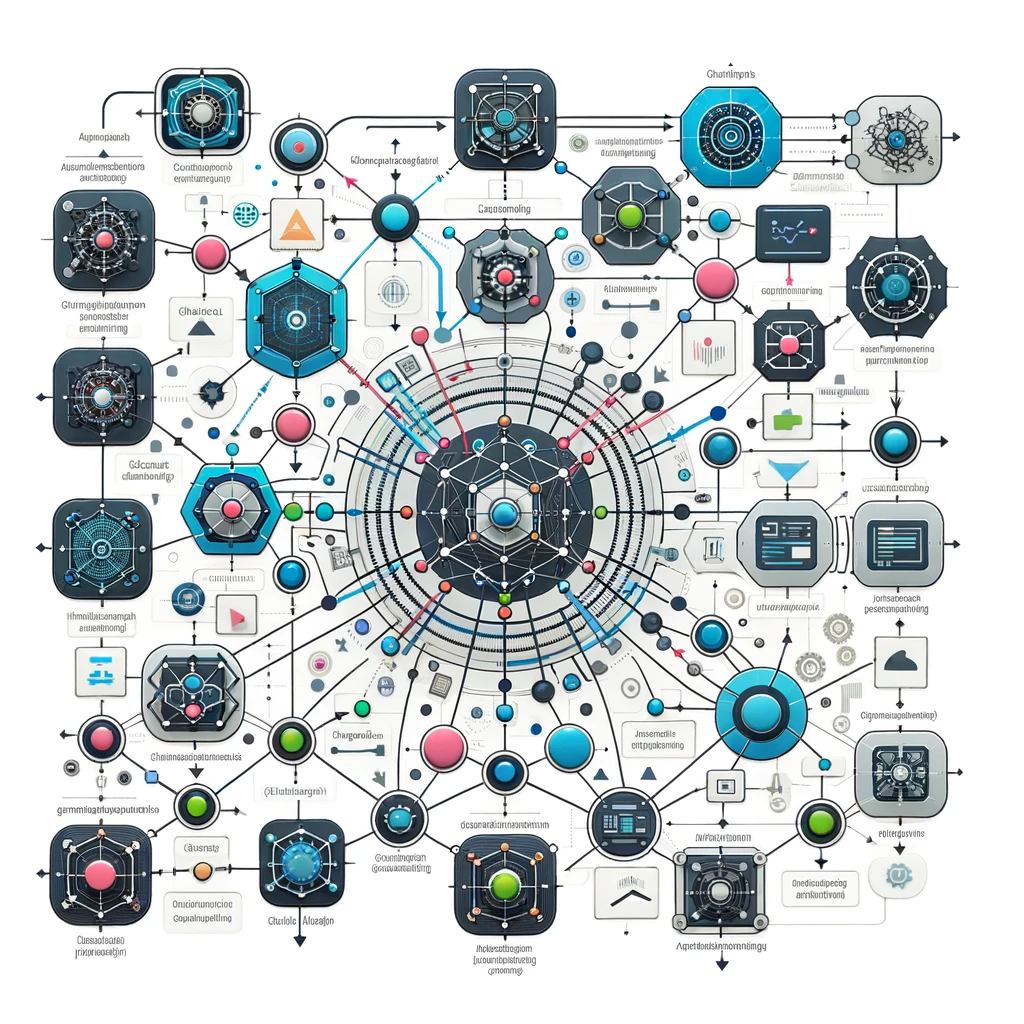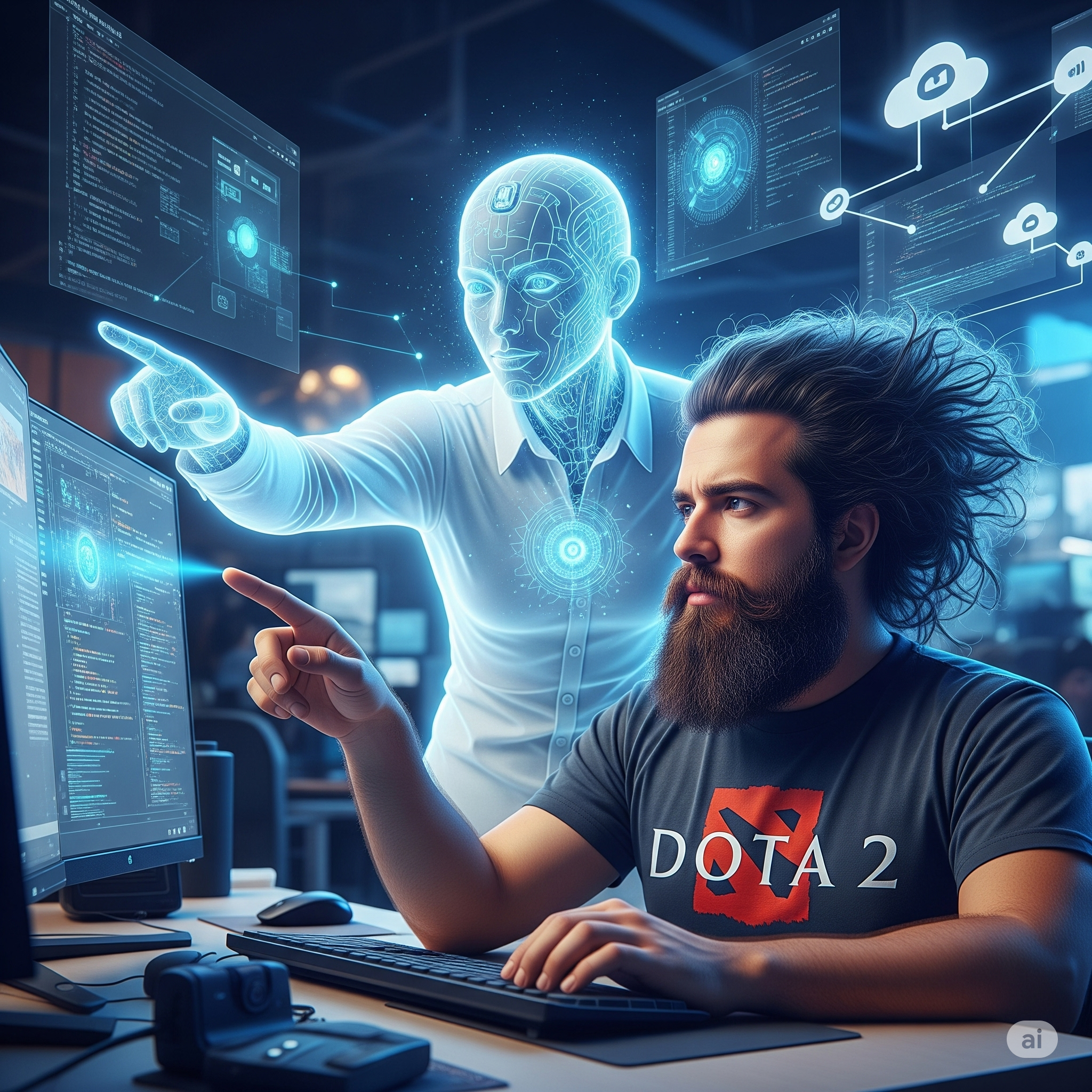In my view, the concept of Artificial General Intelligence (AGI) as it’s commonly understood might be a misnomer. Human intelligence itself is not ‘general’; it is inherently constrained by our senses, perception, and cognitive abilities. Pursuing AGI as a singular, super-human intelligence system seems flawed to me. Instead, I believe the focus should be on developing independent agents that specialize in performing specific tasks far better than humans. This shift from seeking a universal solver to nurturing a network of specialized agents is at the heart of the current evolution in AI. Technologies like Multi-LoRA and frameworks such as AutoGen and AutoAgents are leading this transformation, redefining our path to what might be the real essence of AGI.

Large Language Model (LLM) Agents
LLM Agents, utilizing models like GPT-3 or GPT-4, represent a significant leap in AI capabilities for natural language understanding and generation. Beyond their ability to process and produce human-like text, these agents are capable of calling functions and using tools. This functionality allows them to perform a wide range of tasks, from generating content to coding. Moreover, LLM Agents possess the ability to plan the use of such functions and tools, enabling them to strategize and execute complex tasks more effectively. This aspect of LLM Agents aligns with the early traits of AGI, as they demonstrate an advanced level of problem-solving and adaptability, handling tasks that go beyond their initial training, as highlighted in the Noema Magazine article.
LangChain’s Agents
LangChain’s agents demonstrate the power of specialized AI agents in making reasoned decisions and executing complex objectives. These agents utilize language models to decide on action sequences, adapting dynamically to user inputs and intermediate steps. A notable feature of LangChain is the LangChain Expression Language (LCEL), which simplifies the creation and management of Functions, Tools, and Agents. For those interested in a deeper understanding of these concepts, Harrison Chase offers a short course titled “Functions, Tools, Agents: LangChain,” available through Deeplearning.ai. This course provides valuable insights into LangChain’s capabilities and applications, making it an essential resource for anyone interested in the practical aspects of AI agent development.
Multi-agent frameworks
As I mentioned in my recent “Beyond Prompt Engineering: The Multi-Layered Cake of GenAI Development”, designing multi-agent systems will be the next frontier of AI system design. Frameworks like Auto-Gen and AutoAgents epitomize the potential of multi-agent systems. Auto-Gen in particular demonstrates the power of multi-agent systems in automating complex workflows. It leverages LLMs to break down large tasks into sub-tasks, autonomously accomplishing them using various tools and internet resources . Similarly, AutoAgents showcases the adaptability of AI systems by automatically generating and coordinating multiple specialized agents to form AI teams for diverse tasks, enhancing problem-solving capabilities and adaptability.

LoRA and Multi-LoRA
The concept of Low-Rank Adaptation (LoRA) is revolutionizing the fine-tuning of large language models. Instead of updating the entire model, LoRA focuses on updating low-rank additive matrices, reducing the computational load. LoRA is a specific implementation of the so-called PEFT, Parameter-efficient Fine Tuning approaches Multi-LoRA extends this approach, allowing numerous LoRA adapters to coexist within a single model. This innovative system, as detailed in the “S-LoRA: Serving Thousands of Concurrent LoRA Adapters” paper, enables serving thousands of LoRA adapters simultaneously, dramatically improving throughput and scalability in deploying fine-tuned LLMs for a variety of applications. Also worth mentioning that Predibase has now open-sourced their LoRA Exchange (LORAX) serving package.
Redefining AGI
Contrary to traditional visions of AGI as a singular, all-knowing entity, the emerging paradigm, as suggested by the advancements in technologies like Multi-LoRA and frameworks such as AutoGen and AutoAgents, indicates that AGI will manifest as a network of specialized agents. These agents, each expert in its field and specialized in some specific tasks, contribute their expertise to a collective intelligence. This network approach, using advanced technologies and systems, offers a more dynamic and practical path to AGI.
The future of AGI is being shaped by the integration of specialized AI agents, each fine-tuned for specific purposes, working in harmony. This collaborative approach, leveraging cutting-edge technologies and frameworks, presents a more feasible and impactful path toward realizing AGI, moving beyond theoretical concepts into practical, impactful applications.



